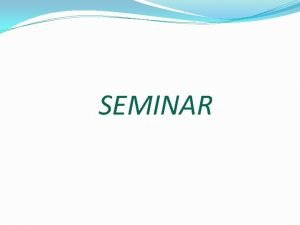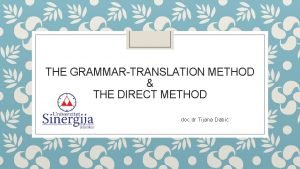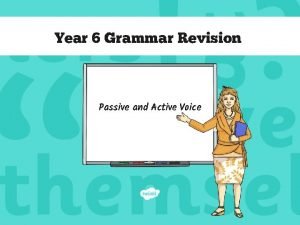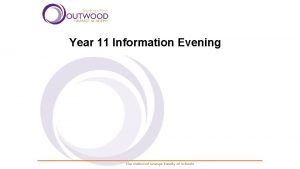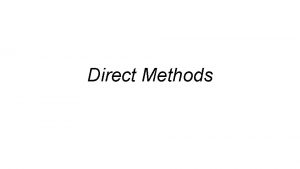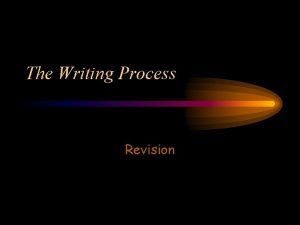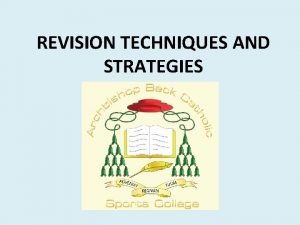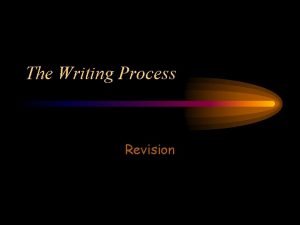Direct Method Direct Method is a revision of









- Slides: 9

Direct Method • Direct Method is a revision of the grammar translation method because this method is considered unable to make students able to communicate using the foreign language. In the learning process, translation is prohibited

The Principle of DM • Grammar is taught by situation and through inductive process • The syllabus is based on situations and related to everyday vocabulary and structure • Grammar and vocabulary is taught orally • Concrete meanings are made clear by presenting physical objects and abstract ones through association of ideas, not through translation • Repetition of new materials is encouraged to make language learners acquire the language naturally.

• Listening and imitating sounds are drilled so that language learners become automatic in producing the sounds • Language learners learn the target language in the class most of the time • Sounds of the language are essential and presented at the beginning of the course • Reading follows listening and speaking, and the reading texts are based on the materials of the two skills • Many new items are presented in the same lesson in order to make language natural

Techniques of DM • • Reading aloud Question and answer exercise Getting students to self-correct Conversation practice Fill in the blanks Dictation Map drawing Paragraph writing

The Procedure of DM • Each student has a reading passage in front of him/her • The students are called on one by one and they read the text loudly • After the students finish reading the passage, they are asked in the target language if they have questions • The teacher answers the students’ questions in the target language • The teacher works with the students on the pronunciation

• The teacher gives questions to the students and the questions and statements are about the students in the classroom • The students make up their own questions and statements and direct them to other students in the classroom • The teacher instructs the students to turn to an exercise in the lesson which ask them to fill in the blanks

• The students read a sentence out loud and supply the missing word as they are reading • The teacher asks the students to take out their notebooks and he/she gives them a dictation; the passage is about the topic that has been discussed

Another technique for teaching langauge Never translate: demonstrate Never explain: act Never make a speech: ask questions Never imitate mistakes: correct Never speak with single words: use sentences Never speak too much: make students speak much • Never speak the book: use your lesson plan • • •

• • • Never jump around: follow your plan Never go too fast: keep the pace of the student Never speak too slowly: speak normally Never speak too quickly: speak naturally Never speak too loudly: speak naturally Never be impatient: take it easy

